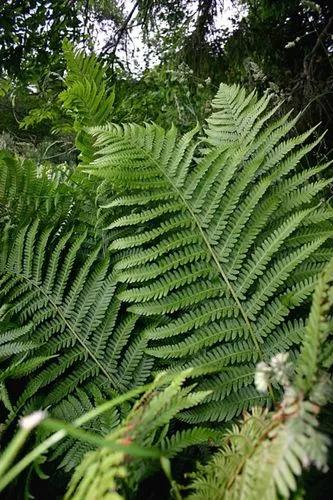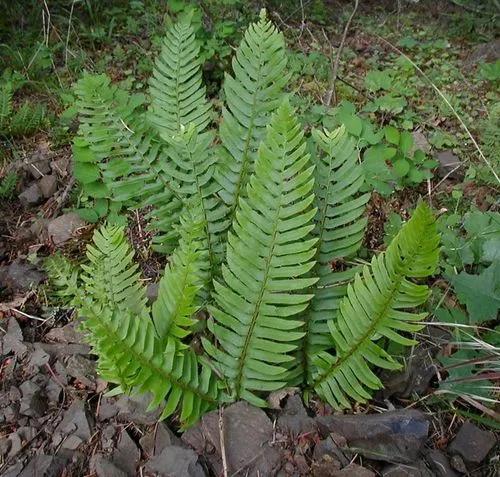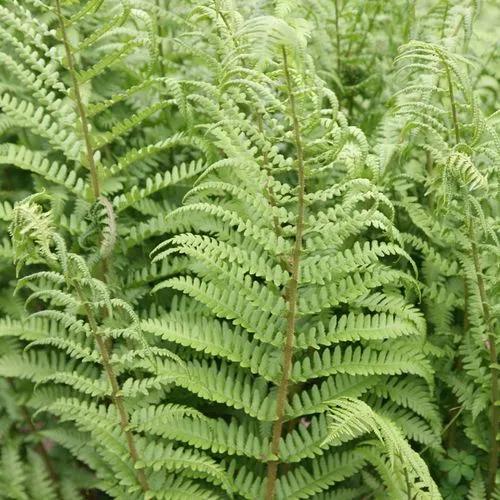Davallia fejeensis, commonly called rabbit’s foot fern, is native to Fiji. It is an ephytic evergreen fern that is noted for its hairy-scaled surface rhizomes that typically grow over and down the sides of a pot. Plants become more attractive with age and should be infrequently divided. Broad green fronds are 3- or 4-pinnate.
Rabbit Goot Fern Care
Davallia Fejeensis



How to Care for the Plant

Water

Requires consistently moist soil; do not let dry out between waterings.

Pruning

Trim these ferns in late winter before new spring growth begins. Wipe down your clippers with a rag dipped in denatured alcohol. Use the clippers to prune out any dead or diseased fronds. Remove them at the base.

Fertilizer

Fertilize monthly year-round with a half-strength liquid fertilizer. It's best to only repot when your plant is root-bound, and preferably in the spring. Repot in a rich, high quality soil, such as a potting soil amended with 25% compost.

Sunlight

Ferns require indirect sunlight.

Soil

Ferns prefer potting soil with good drainage and high organic content. A potting mix should have peat moss or sphagnum for moisture retention, sand or gravel for drainage, and sterilized bagged garden loam or potting soil.

Temperature

On the coldest end of the scale, hardy ferns can survive temperatures down to minus 50 degrees Fahrenheit.

Container

Use plastic pots, which don't dry out as quickly as clay pots. The latter are not recommended for many ferns indoors, unless you use the pot in pot method as described above. A clay pot surrounded by moss then the ceramic or plastic pot on the outside is probably ideal.

Additional

Enzootic hematuria, the most common form of bracken fern poisoning, primarily affects cattle and less frequently affects sheep. It is characterized by intermittent hematuria and anemia. Poisoning most often occurs during late summer when other feed is scarce, or when animals are fed hay containing bracken fern.

Popularity

206 people already have this plant 39 people have added this plant to their wishlists
Discover more plants with the list below
Popular articles






